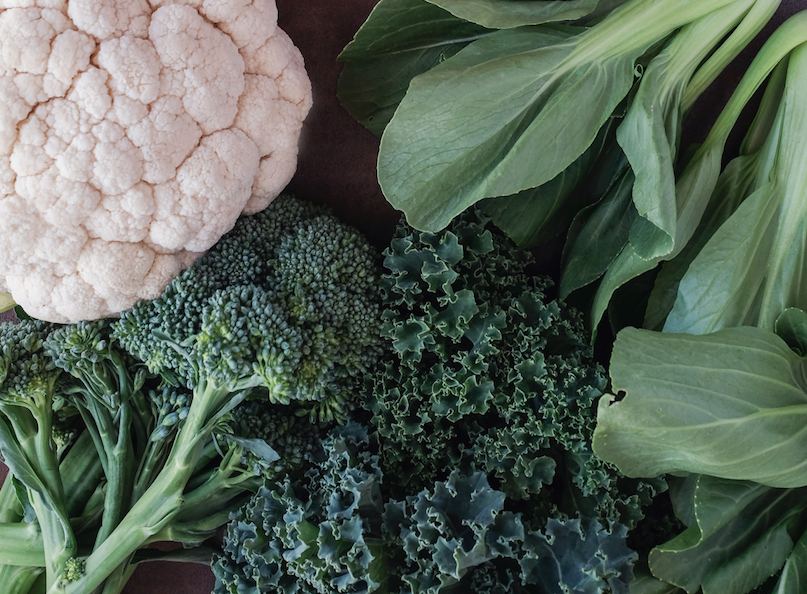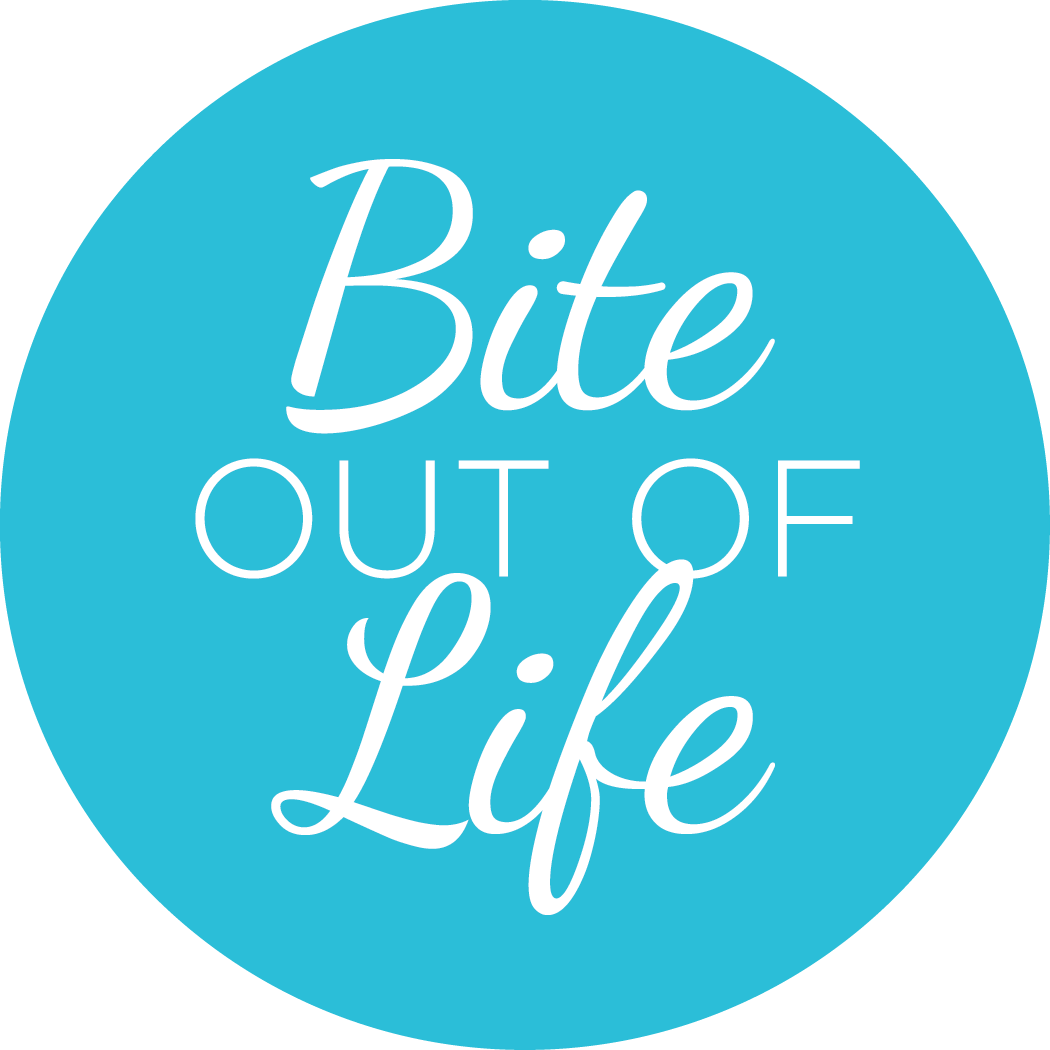
A couple of weeks ago, I introduced you to Basal Temperature Tracking to assess thyroid function – if you would like a refresher (or learn what it is and how it relates to hormone health), check it out here. I highly recommend it – not because I’m in the habit of tootin’ my own horn, but it’ll provide some background info for what we’re discussing in today’s blog post.
If you’re all caught-up on thyroid health and ready to move forward – let me know – did you do the BTT? How did it go?
If your findings suggested that you may have low thyroid function (at temperatures consistently below 36.6°C (97.8°F)), I’m guessing that you’ve become curious about exactly what that means – and if you’re like 99.9% of the population – you may have engaged in some extracurricular internet research about the topic. Dr. Google is popular like that (wink wink).
Did you come across the terminology “Goitrogenic Foods”? In your panicky, concerned state, have you sworn off all goitrogens – because you’re not gonna let some kale get in the way of your thyroid hormones. Besides, you never liked kale anyways, right?
Ok, perhaps that was a bit of an exaggeration, but very likely – and legitimately – you may be wondering if these particular foods are actually ‘healthy for you’ – or ‘toxic to the thyroid’. I do say ‘legitimately’, because as much as I can appreciate the copious amounts of info on the interweb, there’s also a sh#t-ton of misinformation as well.
So let’s back it up for a minute and in the spirit of our Healthy Hormones Series, I bring you: G for Goitrogens.
What are Goitrogens?
Let’s break down the word goitrogen into its roots:
- For ‘goitr-‘ you might think of the medical condition, goitre
- For ‘-ogen’ or ‘ogenic’, you might take it to mean ‘the generation of’
Putting it together, ‘Goitrogen(ic)’ means ‘something that contributes to the generation or development of goitre’. A goitre is a health condition marked by an enlargement of the thyroid gland and relates intimately to hormone production/secretion.

Goitres themselves could have an auto-immune basis/cause. Goitres could develop from inadequate iodine intake (and to a lesser degree, excessive iodine intake). They could also develop from under-active thyroid as well as over-active thyroid function.
It’s not unusual that a nutritional deficiency can lead to a health condition (Flashback to history class, where you learned about olde-timey sailors succumbing to scurvy on account of Vitamin C deficiency). You can probably also see how nutritional excess can lead to health conditions (Anyone else know that an OD of that same Vitamin C can lead to a mad case of diarrhea? Just me? Well, okay then – now you know!)
You might not have thought much about how food relates to your thyroid unless, of course, you’ve been diagnosed with a thyroid disorder – then you tend to really become aware of your lifestyle choices and personal environment.
The thyroid is responsible for producing the hormones T3 (triiodothyronine) and T4 (thyroxine), which play a big role in regulating your metabolism. (More details to come when I cover T is for Thyroid – so stay tuned!) But just remember, metabolism is basically how every single cell in your body operates.
Iodine is a trace mineral that is essential for the production of thyroid hormones. Iodine can come from salt-water fish and seafoods, including sea vegetables like nori, arame, kombu, kelp and wakame, and fruits and veggies – although it really depends on how healthy the soil is and where they are grown. Sadly much of today’s produce come from soils badly depleted of iodine.
You may see iodized products – like salt – in the grocery stores and that can be a source of iodine too. And of course, sea salt and naturally mineralized Himalayan salt can also help with your intake of iodine.
If you eat dairy, this may be a source, depending of course on how rich the cow’s diet is in iodine. Same goes with eggs – if the chickens are getting a diet with ample iodine, then the eggs will be a good source as well.
But back to goitrogens…….
Goitrogens can disrupt normal thyroid function and hormone balance by blocking how the thyroid absorbs and uses iodine. This is why we need to be aware of the foods that contain them and if we have thyroid concerns, ensure we are not over-consuming them.
Foods that contain naturally-occurring goitrogens include:
- Cassava (also known as manioc or yuca)
- Lima beans
- Sweet potatoes
- Cruciferous vegetables, like cabbage, kale, cauliflower, broccoli, bok choy, and turnips
- Soybeans and soy products
You may be wondering whether vegetables are bad for you after reading that list? The short answer is: no, absolutely not! Vegetables offer a lot of health benefits in the form of vitamins, minerals, antioxidants, and fibre that you don’t want to miss out on.
Unless you’ve been diagnosed with an underactive thyroid and/or iodine deficiency and prefer to be cautious, there is no need to cut these foods completely out of your diet.
In general, goitrogens are usually only a problem if eaten in excess – so unless all you eat is a diet of broccoli and sweet potatoes, you have little to fear from a goitrogen.
Goitrogens are also inactivated by heat, so simply cooking the above foods makes them pretty harmless to your thyroid. Cooking cruciferous vegetables, like broccoli and cauliflower, is particularly beneficial for most people’s digestion as well. It helps reduce the amount of bloating and gas you may experience when you eat these foods.
So you may be asking: if goitrogens do not pose an issue, why are you even raising this subject?
Because I want you to be informed and there’s plenty of hysteria out there on the inter-web about the potential impact and I don’t want you to be bamboozled.
As with all the info I share in this blog and as part of the ABCs of Healthy Hormones series, my goal is to make you a savvy consumer of wellness information and a master of your own health.
In conclusion, to maintain good thyroid health:
- Include good sources of iodine in your diet, such as naturally mineralized Himalayan pink salt or Celtic sea salt, fish, and seaweed.
- Switch up the foods you eat; eating a varied diet guarantees you won’t take in too many goitrogens. Plus, eating a variety of foods ensures you get a variety of nutrients!
- Cook your sweet potatoes and cruciferous vegetables to reduce their goitrogen content.
If you’re concerned about the health of your thyroid or are currently managing an over- or underactive thyroid, be sure to ask your healthcare professional to regularly test your thyroid levels and consider speaking with a qualified nutrition professional regarding your diet.
Recipe: Deconstructed Sushi Bowl
Serves: 2
Ingredients:
- 2 tsp Avocado Oil
- 4 cups Cauliflower Rice
- 2 tsps Coconut Aminos
- 1/2 Cucumber (sliced into sticks)
- 1 Avocado (peeled and chopped)
- 4 Nori Sheets (snack size, torn into pieces)
- 8 ozs Smoked Salmon
- 2 tsps Sesame Seeds
- 2 Tbsps Mayonnaise
- 1/8 tsp Cayenne Pepper (optional)
Directions:
- Heat a skillet over medium heat. Add the avocado oil and then the riced cauliflower. Saute for 5 to 7 minutes, then add the coconut aminos and stir to coat. Remove from heat.
- Divide the cauliflower rice into bowls. Top each bowl evenly with cucumber, avocado, nori and smoked salmon. Garnish with sesame seeds.
- Mix the mayonnaise with cayenne in a small bowl and drizzle on top of the bowls. Enjoy!
REFERENCES
Healthline: Are Goitrogens in Food Harmful?
https://www.healthline.com/nutrition/iodine-rich-foods#section7
